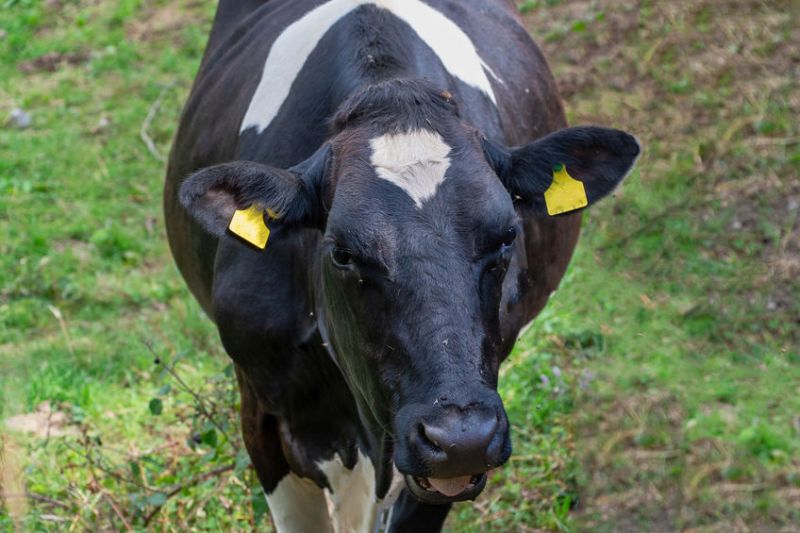
Large dairy herds are growing rapidly in the UK, both in terms of size and productivity, according to an annual report.
Based on figures from almost 2,000 herds with 400,000 cows across the country, smaller herds produced less milk in 2017/18 than the previous year.
This is likely due to the summer drought curbing production from grazing, the annual Dairy Costings Report from Kingshay states.
In contrast, the higher producing herds boosted milk output by progressively larger amounts – rising by 1.2% in the 0.5-1m litre bracket all the way up to a 5.1% increase in the over 5m litre band.
Not only have the highest producing herds boosted milk yields per cow, they have grown their herd size by an average of 17 cows, to 743 head in 2017/18.
This trend can be seen in each of the past three years.
“Higher output herds are less reliant on grazing, so the summer drought had less of a negative impact than in lower output herds,” explained Kathryn Rowland, senior farm services manager at Kingshay.
“Larger herds are also more likely to be on aligned contracts, with a more stable milk price enabling a continued investment programme to increase output.
“Margins increased steadily in line with overall herd production, from £1,287/cow in the smallest bracket to £2,120/cow in the largest group.
“In addition, the largest producers tend to benefit from improved efficiencies and clearly have an appetite for continued expansion,” she said.
'Disproportionately high impact'
Large herds have a disproportionately high impact on UK milk production, the report shows.
Herds producing over 5m litres represented only 3% of Dairy Manager costings, and yet contributed 14% of the total milk sales – and they accounted for a whopping 27% of the year-on-year increase in production across the whole pool.
“Is this an indication of processors and producers being supply driven rather than demand led?” Ms Rowland said.
“It would be interesting to see what impact this will have on the milk price for the whole market.”
Other notable trends in the report include the impact that the 2018 drought had on production, culling rates and herd size.
Average herd size decreases
For the first time in the past decade, the average herd size dropped, with culling rates up from 27% to 29%, probably due to the lack of forage.
Unsurprisingly, milk production from forage eased back to average 29% of overall yields versus 31% last year – in itself a difficult season.
That said, producers managed to keep yields up - by feeding more concentrates.
On average, yields came in at 8,352 litres this year against 8,172 litres last year, while concentrate use increased from 2,584kg/cow to 2,683kg/cow.
Input prices have generally increased over the past year, with concentrates reaching a five-year high in 2019.
Milk prices have improved
Over the same time, milk prices have improved from 28.78p/litre to average 28.99p/litre.
However, the report says that this not enough to offset the higher costs of production, so the average margin over purchased feed declined from £1,729/cow to £1,713/cow.
Elsewhere in the report, heat stress led to an increase in many health issues for herds.
However, when comparing the top 25% and the average, it’s clear that there is plenty more that producers can do to reduce health problems - with combined savings of £13,836 per 100 cows from improved health status and savings of £20,250 per 150 cows from better fertility.
Finally, the report looks at the overall outlook for the sector: “Global dairy production is under pressure, which could maintain relatively firm milk prices,” said Ms Rowland.
“However, another dry summer, alongside high concentrate costs, means it’s vital to keep striving for marginal gains in health, production and expenditure, by benchmarking against the top producers to secure the same success.”
